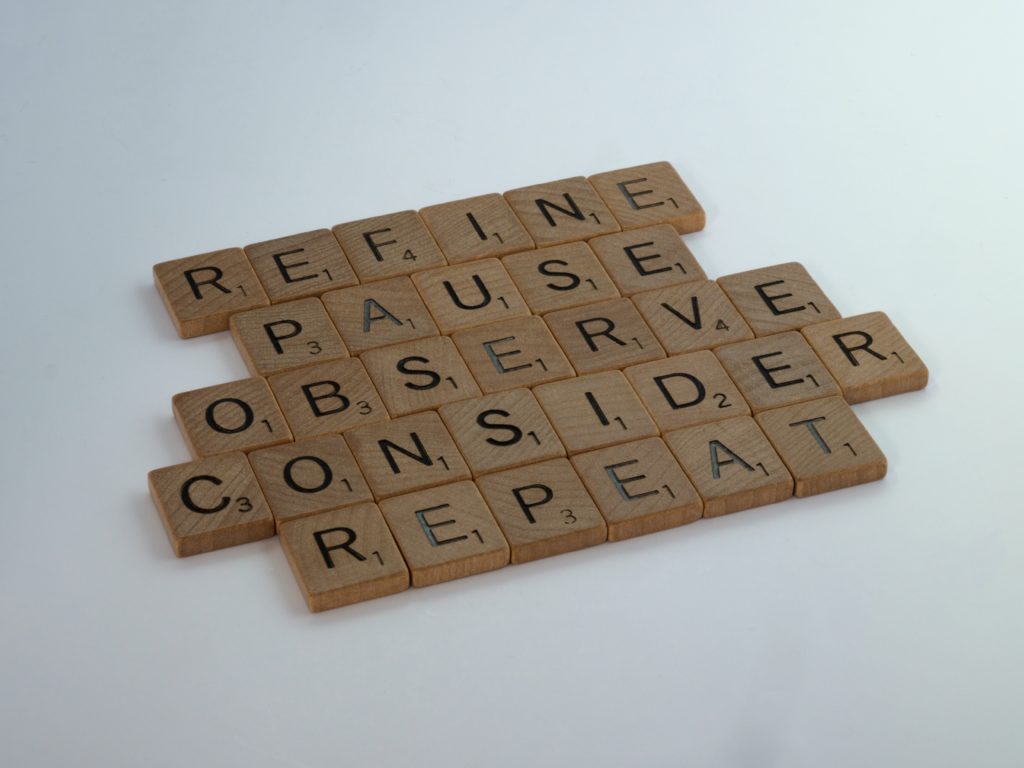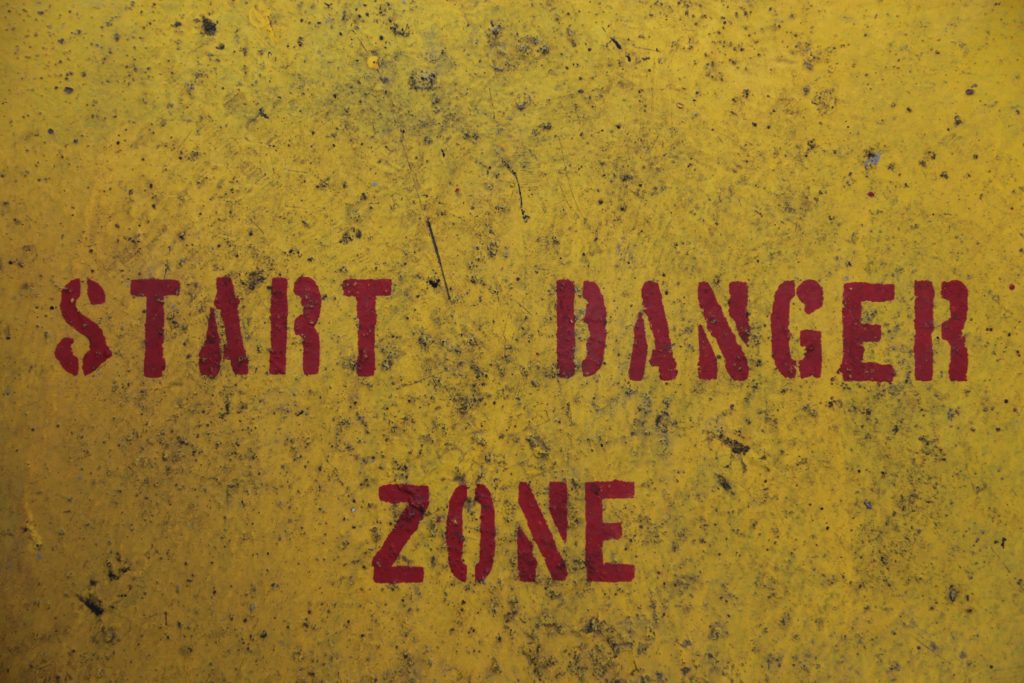For the most part, the customer experience B2B sellers deliver to B2B buyers is horrible. See if one or more on the list below seems familiar to you:
- You get a notification from LinkedIn that someone has viewed your profile. Soon thereafter, your mobile phone rings. The phone number isn’t in your contacts, but you have a sneaking suspicion on who it may be … so you don’t answer.
- You see a super interesting bit of content on the web that you’re certain will add value. When you try to access it, you’re met with a form fill. You think about it for a moment, then … abandon the page without completing the form.
- First thing every morning, you delete 70 percent or more of the emails in your Inbox without going past name and subject line.
Time for a mea culpa.
In B2B, too many professional revenue team members deploy tactics that just don’t work for today’s newly empowered buyers.
Customers Want a Better Buying Journey
The current B2B buying journey is so filled with friction, buyers are going to previously unheard of lengths to avoid.
Don’t believe me?
Ever hear of a company called TestBox? TestBox is a San Francisco-based startup that closed a $10 million seed funding in June of 2022, bringing their total raised capital to $12.7 million.
It’s making noise in the Technology Research Services category by allowing B2B SaaS buyers to explore, evaluate and test potential solutions completely anonymized and blind to vendors.
That’s right, the B2B SaaS buying experience is so bad, buyers are using other software just to cloak their activities! B2B buyers do not want to engage your company on your terms. Rather, they only want to engage with your company on their terms.
Customers Increasingly Take Control Over Their Buying Journeys
You know the B2B buying journey is now decidedly digital-first. It had been trending that way for years, and the pandemic only accelerated the transition.
A number of studies have determined buyers are deep into the Consideration phase before engaging with a representative. Gartner goes so far as to state 83% of the buyer journey is done disengaged with any representative.
Generally, B2B marketers and sellers are stuck in processes built under a different buying paradigm. Ten years ago, a B2B solution provider could dictate the buyer journey. That’s changed, forever more, as buyers have exerted control.
The methods of the past look increasingly anachronistic. As Steve DeMarco, an experienced sales leader explained, the time is now to bid “good riddance to the “8-legged sales call.”
B2B Sellers Have Been Slow to Respond
One of the reasons B2B buying journeys have changed is because of the drastic changes that have occurred in B2C buying journeys over the past decade. Hear me out.
In the global village that is online commerce, shoppers have a choice. They look for friction-free shopping journeys. If they encounter even the slightest bit of friction, they’ll abandon their current journey and start a new one with a different brand. Brands recognized that fact and set about making shopping journeys fun, productive and effortless.
You’d be hard-pressed to find a consumer willing to trade their shopping experience in 2022 for the shopping experience they “enjoyed” in 2012.
Now, here’s where things get interesting. You see, a B2C buyer spending $50 routinely embarks on shopping journeys with absolutely zero friction and pain. Yet, when she goes to work and enters into a B2B buying journey looking to spend perhaps $50,000, she’s met with an ill-fitting journey at best, a painful, chaotic journey at worst. In her B2C life, she enjoys her 2022 experience. In her B2B life, she detests her 2012-like experience.
There’s a disconnect, and B2B sellers have been slow to respond.
Better Customer Experience Starts with Your Connected RevTech Stack
Generally, B2B sellers have built go-to-market (GTM) processes around what they want customers to do. Now, buyers are strongly suggesting B2B sellers revamp their GTM processes to fit their individual needs and desires, not those of the business.
It’s a paradigm shift, certainly, but nothing that doesn’t already fit the ethos of what marketers and sellers are all about already. After all, what’s good for your customers is good for your business.
Step one in B2B’s evolving digital transformation is to be empathetic to customers’ needs and desires. Again, the buying journey should not be about what sellers want customers to do. Rather, it’s about empowering customers to do what they aim to do.
So, how do you know what customers aim to do? Well, ask them.

Examine All the Buyer Signals
You might not be able to ask them directly, but you can garner clues by observing their buying journeys. It’s now essential to examine all of the buyer signals — situational and environmental data — customers leave behind at every touchpoint with your brand. Buyer signals are clues, and it’s up to revenue teams to properly decipher those clues so as to meet the buyer at the next step in the buying journey.
Your RevTech stack has the potential power to collect and analyze those buyer signals. However, too many B2B RevTech stacks are frozen, stuck in the pre-existing paradigm that just doesn’t cut it any longer. Step two in B2B’s ongoing digital transformation is to ensure the RevTech stack is fully connected, integrated and, most importantly, mapped to the buying journey.
With a connected, integrated RevTech stack, your revenue orchestration processes manage the collection and analysis of your customers’ buying signals, surfacing the most timely, urgent and high-valued leads, contacts, customers, accounts and/or opportunities for immediate engagement. Match your appropriate revenue team plays to your buyers’ signals, and you begin to facilitate your customers’ buying journeys in their favor, on their terms.
Digital Transformation 2.0
B2B sellers were part of the great wave of digital transformation that continues to sweep through the business world. That digitalization automated manual processes and paid off handsomely with gains in both efficiency and effectiveness.
However, those processes and their supporting RevTech stack infrastructure were designed around an old buying journey paradigm. Buyers are changing their journeys, and most B2B GTM processes don’t match up well in this new era.
B2B sellers are now tasked with mapping their GTM processes to the buying journey, not the other way around. With changing processes though, care must be taken to reconfigure the RevTech stack to support and drive a new manner of buyer engagement — one driven by the buyer, for the buyer.








